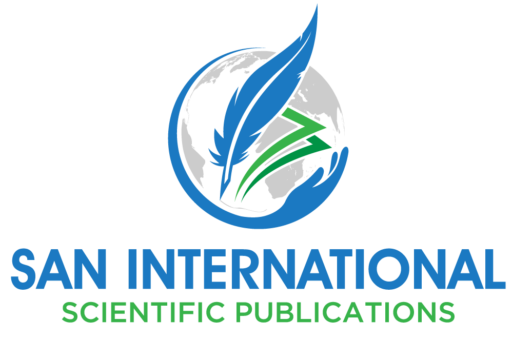Chief Editors: Mr. Irshadullah Asim Mohammed, Dr. Yogesh Mohan Gosavi, and Prof. (Dr.) Vineeta Kaur Saluja
Associate Editor: Mrs. Sruthi S
Co-Editors: Dr. S. Rajeswari, Dr. Nikhil Saini, and Ms. Atreyee Banerjee
ISBN: 978-81-985805-1-1
Chapter: 30
DOI: https://doi.org/10.59646/mrnc30/321
Author: Irshadullah Asim Mohammed
Abstract
The circular economy (CE) has emerged as a transformative approach to mitigating supply chain waste by promoting resource efficiency, sustainability, and closed-loop systems. This study explores the role of the circular economy in reducing waste across global supply chains, emphasizing its potential to minimize environmental impact while fostering economic growth. By replacing the traditional linear “take-make-dispose” model with regenerative practices such as recycling, remanufacturing, and reuse, organizations can significantly enhance resource productivity. The research highlights key strategies, including sustainable material sourcing, waste valorization, reverse logistics, and digital innovations like blockchain and IoT for waste tracking. Case studies from different industries illustrate how circular supply chain models contribute to long-term sustainability, regulatory compliance, and competitive advantage. Despite the benefits, challenges such as high implementation costs, policy constraints, and the need for stakeholder collaboration remain. Addressing these barriers requires strong regulatory frameworks, corporate commitment, and technological advancements. This study underscores the necessity of adopting circular economy principles for achieving resilient and sustainable global supply chains.
References
- Bocken, N. M. P., de Pauw, I., Bakker, C., & van der Grinten, B. (2016). Product design and business model strategies for a circular economy. Journal of Industrial and Production Engineering, 33(5), 308–320.
- Ellen MacArthur Foundation. (2015). Towards a circular economy: Business rationale for an accelerated transition. Ellen MacArthur Foundation.
- Geissdoerfer, M., Savaget, P., Bocken, N. M. P., & Hultink, E. J. (2017). The circular economy – A new sustainability paradigm? Journal of Cleaner Production, 143, 757–768.
- Ghisellini, P., Cialani, C., & Ulgiati, S. (2016). A review on circular economy: The expected transition to a balanced interplay of environmental and economic systems. Journal of Cleaner Production, 114, 11–32.
- Govindan, K., Soleimani, H., & Kannan, D. (2015). Reverse logistics and closed-loop supply chain: A comprehensive review to explore the future. European Journal of Operational Research, 240(3), 603–626.
- Kirchherr, J., Reike, D., & Hekkert, M. (2017). Conceptualizing the circular economy: An analysis of 114 definitions. Resources, Conservation and Recycling, 127, 221–232.
- Lieder, M., & Rashid, A. (2016). Towards circular economy implementation: A comprehensive review in the context of manufacturing industry. Journal of Cleaner Production, 115, 36–51.
- Lüdeke-Freund, F., Gold, S., & Bocken, N. M. P. (2019). A review and typology of circular economy business model patterns. Journal of Industrial Ecology, 23(1), 36–61.
- McKinsey & Company. (2016). The circular economy: Moving from theory to practice. McKinsey & Company.
- Prieto-Sandoval, V., Jaca, C., & Ormazabal, M. (2018). Towards a consensus on the circular economy. Journal of Cleaner Production, 179, 605–615.

